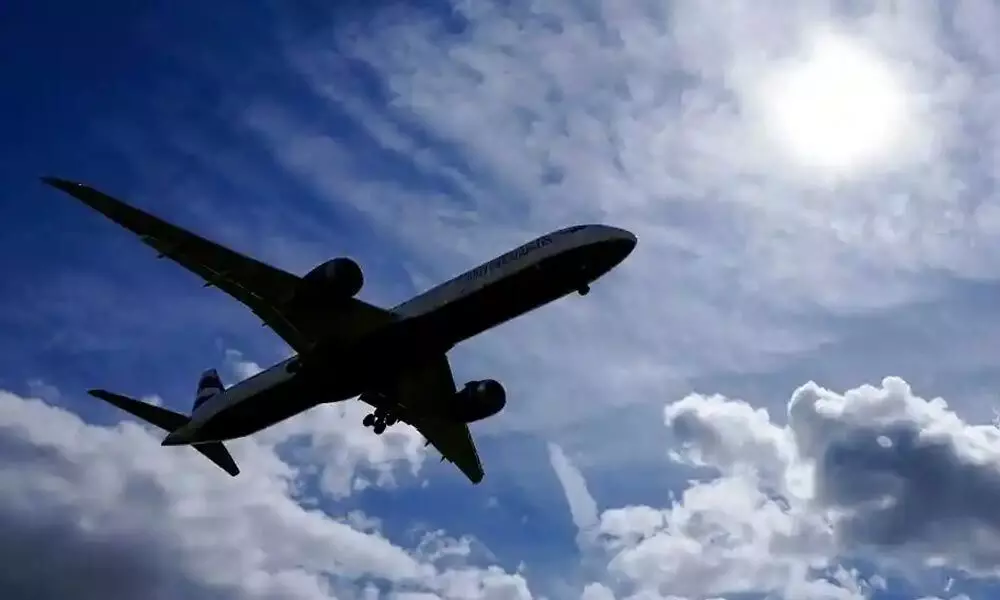New challenges on the horizon for aviation industry
The Indian aviation industry continued in 2021 with the sector expected to report a net loss of ₹25,000–26,000 crore. Passenger traffic saw sequential growth of 5-6 per cent in December 2021
image for illustrative purpose

The Indian aviation industry continued in 2021 with the sector expected to report a net loss of ₹25,000–26,000 crore. Passenger traffic saw sequential growth of 5-6 per cent in December 2021, and the long-term growth prospect for the sector remains intact, the temporary turbulence is expected to continue for at least another 18 months. The airlines' capacity deployment for December 2021 was around 35 per cent higher than December 2020. On a sequential basis, the number of departures in December 2021 was higher by seven per cent, as Covid-19 infections demonstrated a downward trajectory.
The emergence of the new Covid variant and the recent trend of rising infections, few states have already started announcing certain curbs on domestic air travel, posing a serious threat to domestic passenger traffic recovery in the near term.
With effect from October 18, 2021, the Ministry of Civil Aviation (MoCA) has allowed the restoration of permitted capacity to 100 per cent for the domestic operations. It may be recalled that the MoCA had subsequently increased the permitted capacity to 72.5 per cent, with effect from August 12, 2021, increasing the capacity further to 85 per cent, with effect from September 18, 2021.
As for the scheduled international operations, which remains suspended since the start of the pandemic, as per the last directive dated December 9, 2021 of the Director General of Civil Aviation (DGCA), the suspension is extended till January 31, 2022, given the threat of the recent emergence of a new variant of Covid-19.
While the scheduled international operations are yet to start, the MoCA has permitted international operations under the Vande Bharat Mission (VBM) and the Air Transport Bubbles (ATB). For December 2021, international passenger traffic for Indian carriers under the VBM was estimated at 6.85 lakh, a sequential growth of 13 per cent.
However elevated aviation turbine fuel (ATF) prices along with rising fresh infections are likely to delay recovery process in Q4 FY22. One major concern that continues to be a drag on the aviation sector is the aviation turbine fuel (ATF) prices, which have seen a sharp increase of 49 per cent on a Y-o-Y basis till January 2022. It is mainly attributed to increase in crude oil prices. This, coupled with relatively low capacity utilisation of aircraft fleet, will continue to weigh on the financial performance of Indian carriers in FY22.
The central government levies excise duty on ATF while state governments charge VAT. These taxes, with excise duty, in particular, have been raised periodically with rising oil prices. The Centre is also considering the issue of bringing aviation turbine fuel (ATF) into the goods and services tax. Including oil products in GST will not just help companies set off tax that they paid on input but will also bring about uniformity in taxation on the fuels in India.

